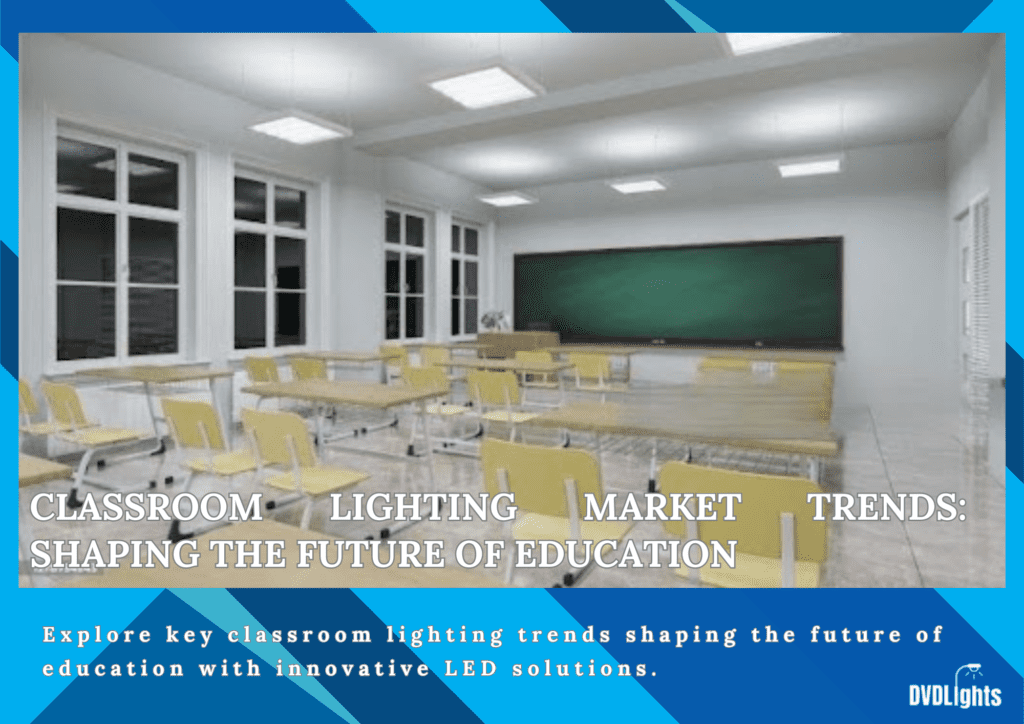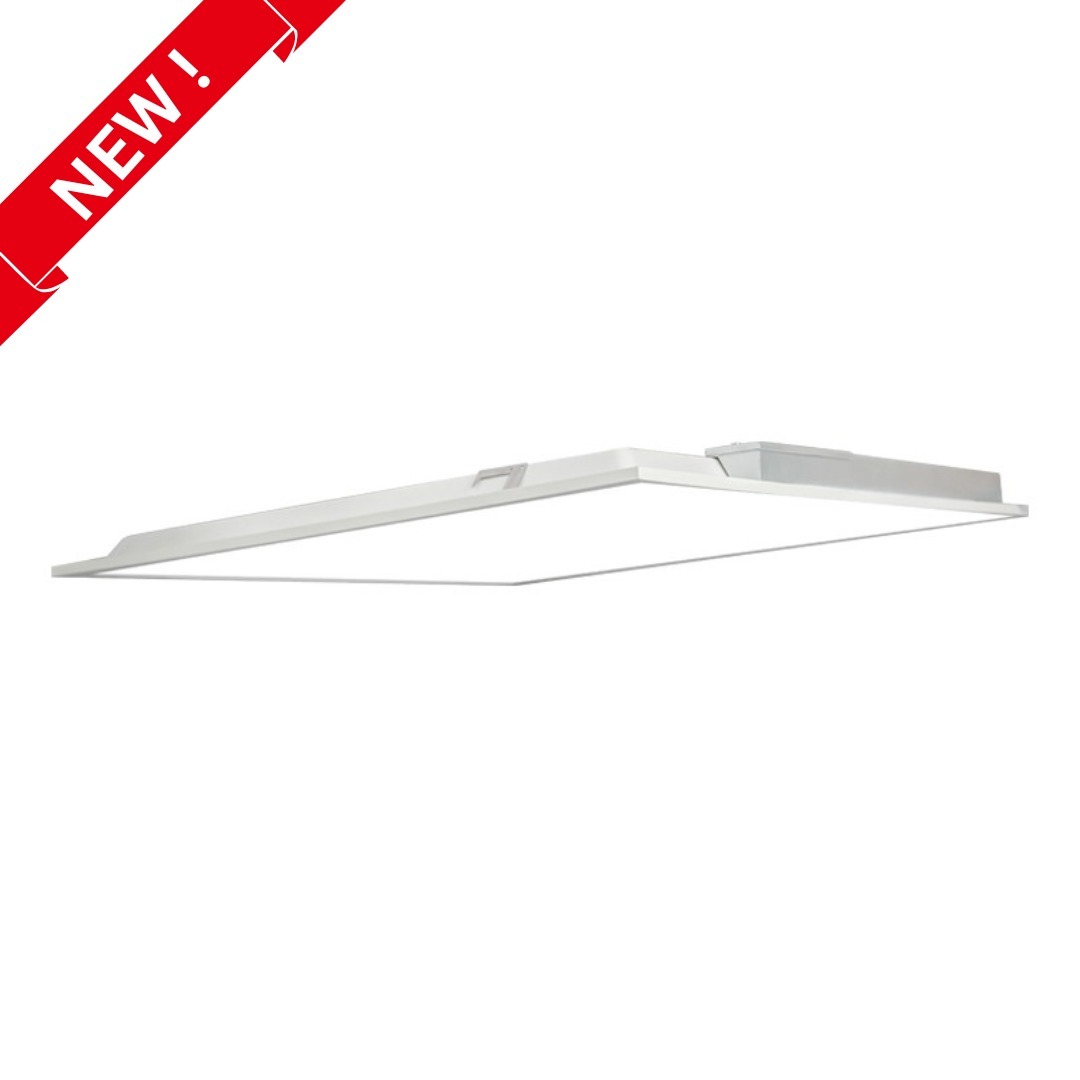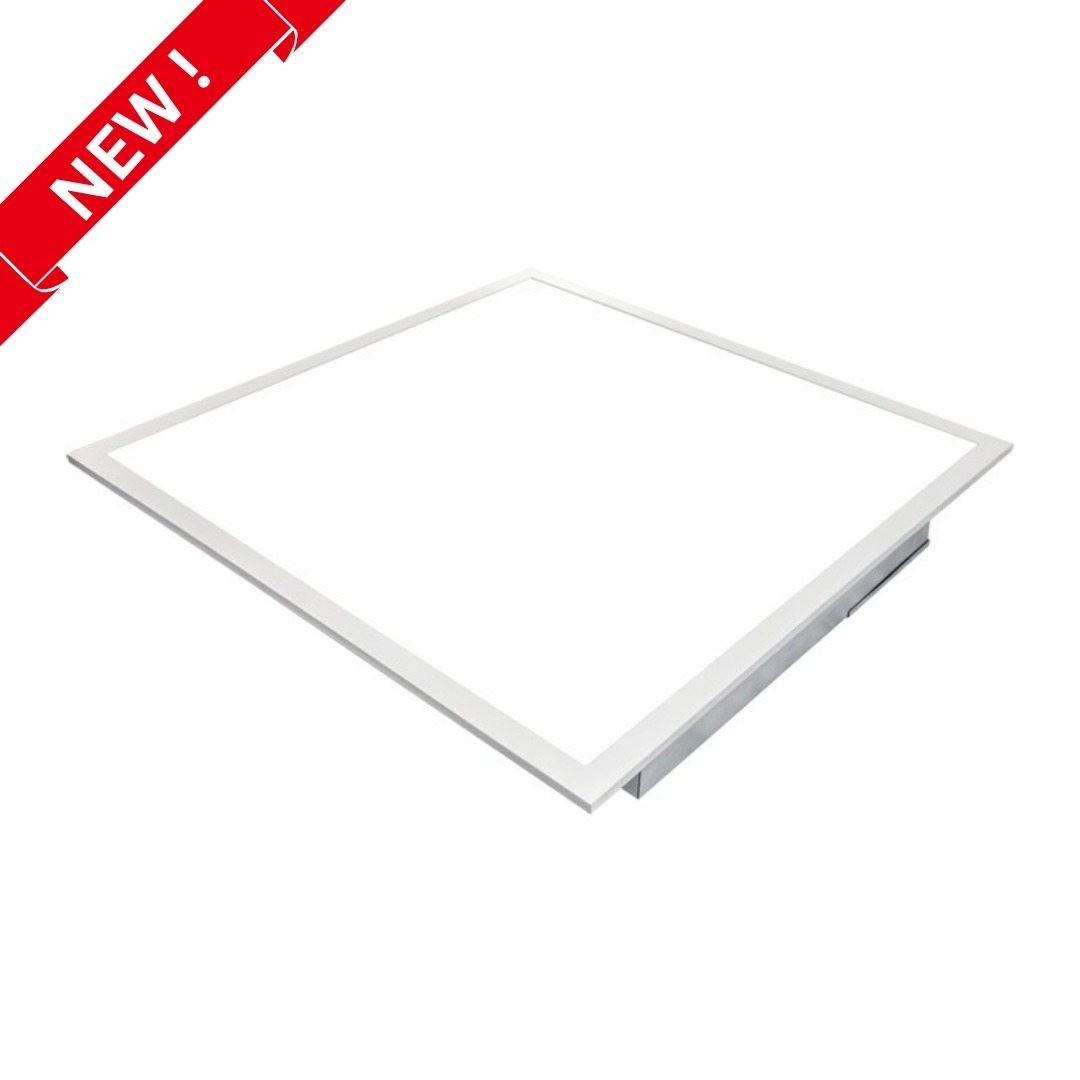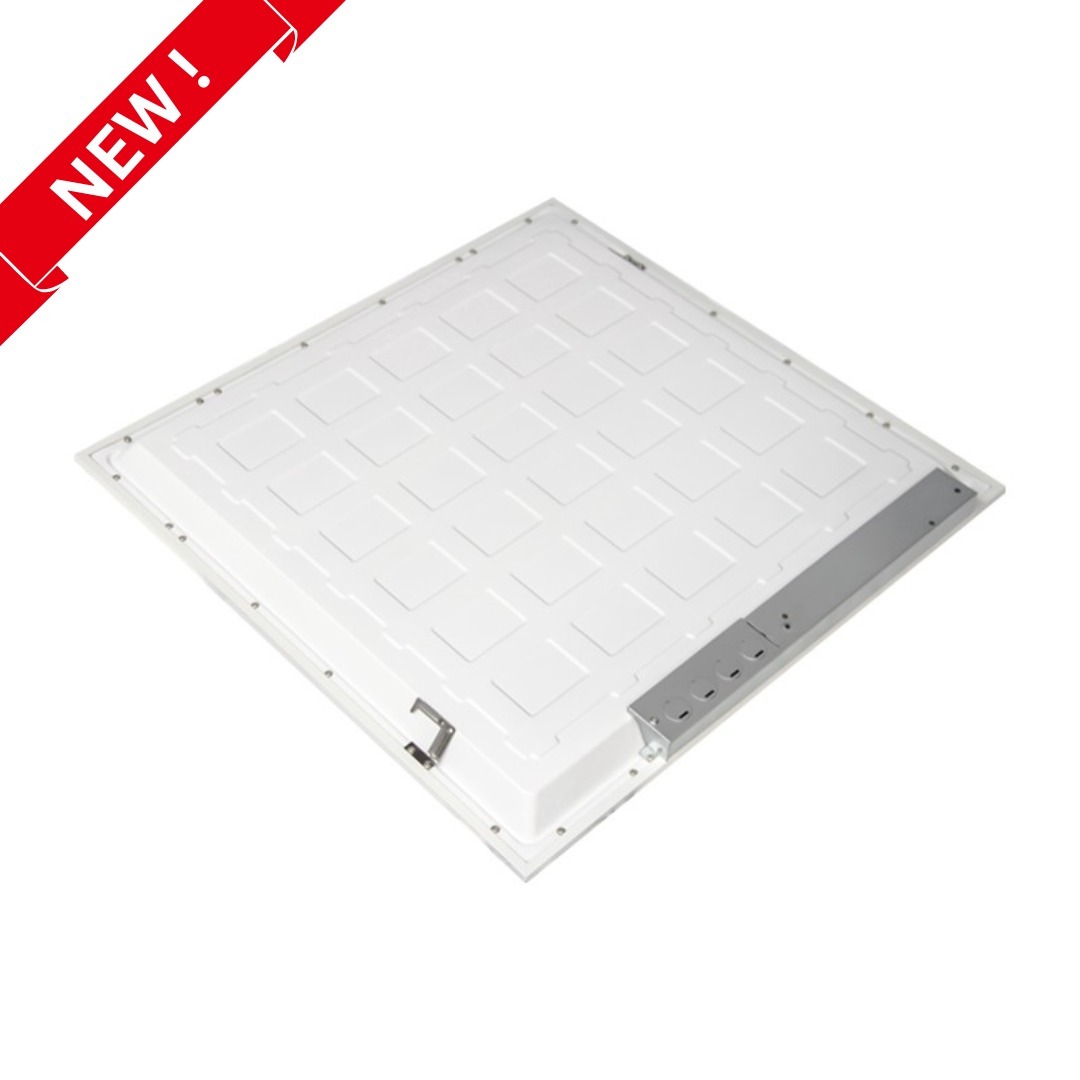As educational institutions evolve, the demand for advanced lighting solutions has grown significantly. The classroom lighting market trends is undergoing rapid transformation due to the need for energy efficiency, improved learning environments, and smart technology integration. This blog explores the latest trends in the classroom lighting market, emphasizing how new lighting products are helping schools create optimal spaces for learning.
Photo from Pixelci via istock
1. The Shift Towards Energy-Efficient LED Lighting
One of the key trends in classroom lighting is the growing shift towards LED technology. LED lights, such as the 900C SERIES LED LINEAR HIGH BAYS with Motion Sensor and Emergency Back-Up, offer remarkable energy efficiency compared to traditional fluorescent or incandescent lighting. These lights consume less energy, have longer lifespans, and reduce maintenance costs, making them ideal for schools looking to optimize their budgets.
In addition to reducing energy consumption, LED lights emit less heat, which can lower cooling costs in classrooms. Schools are increasingly adopting these solutions, especially with government incentives and rebates that encourage eco-friendly upgrades. The 300C SERIES CCT WATTAGE FIXED SLIM LED LINEAR HIGH BAYS also offers a fixed wattage option, providing bright, uniform illumination while keeping energy use in check.
2. Integration of Smart Lighting Systems
The adoption of smart lighting systems in classrooms is another rising trend. These systems offer a variety of features, including motion sensors, dimming controls, and the ability to adjust color temperature. The 300S SERIES MOTION SENSOR SLIM LED LINEAR HIGH BAYS are particularly valuable in classrooms, as they automatically adjust lighting based on occupancy. This reduces energy waste and ensures that lighting is used only when needed.
Smart lighting systems are increasingly equipped with IoT (Internet of Things) technology, allowing schools to monitor and control lighting remotely. This functionality streamlines maintenance efforts and further reduces operational costs. By integrating smart lighting, schools can ensure that they are not only saving energy but also creating a more dynamic and responsive classroom environment.
3. Human-Centric Lighting for Enhanced Learning
Human-centric lighting (HCL) is becoming a major focus in classroom lighting design. HCL aims to mimic natural daylight cycles, which can improve students’ cognitive function, mood, and alertness. By adjusting the intensity and color temperature of lighting throughout the day, schools can align lighting with students’ circadian rhythms, enhancing their focus during learning hours.
LED fixtures like the 900C SERIES LED LINEAR HIGH BAYS support human-centric lighting strategies by providing flexible illumination that adapts to different classroom activities. This allows for bright, concentrated lighting during exams or lessons and softer lighting for group work or relaxation periods.
4. Emphasis on Sustainable and Eco-Friendly Lighting
Sustainability has become a key priority for many educational institutions. As part of this trend, schools are increasingly opting for eco-friendly lighting options. LED lights like the 300C SERIES CCT WATTAGE FIXED SLIM LED LINEAR HIGH BAYS offer both energy efficiency and environmental benefits, as they contain no harmful substances like mercury and can be recycled after use.
Sustainability efforts are also seen in the materials used to manufacture lighting fixtures. Many manufacturers are now focusing on creating products that minimize waste and use recyclable materials. Schools that embrace these eco-friendly options not only contribute to a greener planet but also enjoy lower operational costs due to the reduced energy consumption of LED lights.
5. Customizable and Flexible Lighting Solutions
Today’s classrooms require lighting solutions that can be adapted to different teaching methods and activities. Customizable lighting allows schools to create an optimal environment for each subject and task. For example, the 300S SERIES MOTION SENSOR SLIM LED LINEAR HIGH BAYS provides adaptable lighting that changes based on the activity or occupancy, ensuring the best learning conditions.
In specialized learning areas, such as science labs or art rooms, schools can implement tailored lighting solutions that provide high-quality illumination where it’s most needed. This flexibility ensures that students always have the appropriate lighting for their specific activities, enhancing their learning experience.
6. Increased Focus on Emergency Lighting and Safety
Safety is always a priority in schools, which is why the trend of upgrading emergency lighting systems is becoming more prevalent. Products such as Standard Emergency Lights LED Emergency Exit Lighting Fixtures and EMERGENCY LED LIGHTS WITH EXIT SIGN are essential in ensuring that classrooms and hallways remain illuminated during emergencies or power outages.
These emergency lighting solutions not only comply with safety regulations but also contribute to an overall safer learning environment. Schools are investing in these products to ensure the well-being of both students and staff, further emphasizing the importance of reliable lighting in educational spaces.
FAQs
- What are the benefits of LED lighting in classrooms?
LED lighting, such as the 900C SERIES LED LINEAR HIGH BAYS, provides energy efficiency, long lifespan, and reduced maintenance costs. It also offers better illumination, creating a more conducive learning environment.
- How do motion sensor lights improve classroom lighting efficiency?
Motion sensor lights like the 300S SERIES MOTION SENSOR SLIM LED LINEAR HIGH BAYS automatically adjust based on occupancy, ensuring lighting is only used when needed. This reduces energy waste and improves overall efficiency.
- What is human-centric lighting, and how does it benefit students?
Human-centric lighting adjusts to natural daylight patterns, enhancing cognitive performance, mood, and focus. By aligning lighting with circadian rhythms, schools can improve students’ alertness and learning outcomes.
- Why are schools opting for sustainable lighting solutions?
Sustainable lighting solutions, such as LED lights, reduce energy consumption and environmental impact. They also align with schools’ goals to lower operational costs and promote eco-friendly practices.
- What role does emergency lighting play in schools?
Emergency lighting ensures that areas are safely illuminated during power outages or emergencies. Products like Standard Emergency Lights LED Emergency Exit Lighting Fixtures provide essential illumination, helping to maintain safety in the school environment.
Conclusion
The classroom lighting market is evolving, driven by trends such as energy-efficient LED solutions, smart lighting systems, and a focus on sustainability. With products like the 900C SERIES LED LINEAR HIGH BAYS, 300C SERIES CCT WATTAGE FIXED SLIM LED LINEAR HIGH BAYS, and 300S SERIES MOTION SENSOR SLIM LED LINEAR HIGH BAYS, schools can ensure that their classrooms are equipped with the best lighting for both learning and safety. These trends are shaping the future of education, offering dynamic and adaptable lighting solutions that benefit both students and teachers.




















